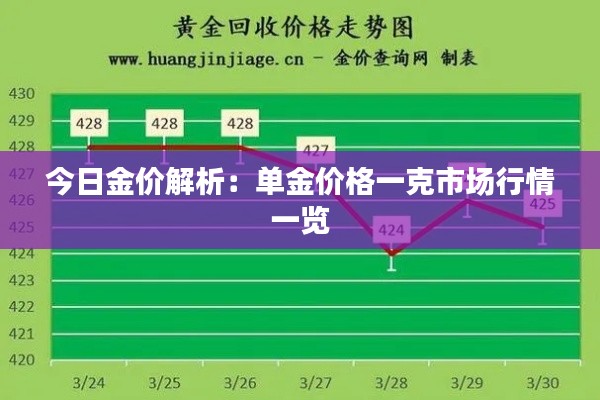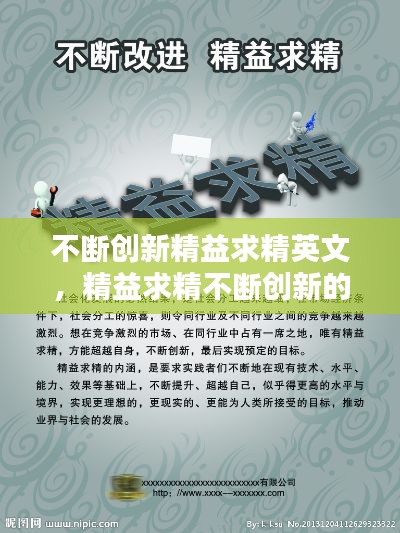Introduction to the Concept of Continuous Innovation and Perfectionism
In the fast-paced and ever-evolving world we live in, the importance of continuous innovation and perfectionism cannot be overstated. These two concepts are the driving forces behind the success of many businesses, industries, and individuals. Continuous innovation refers to the ongoing process of developing new ideas, products, services, or methods to improve and stay ahead of the competition. Perfectionism, on the other hand, is the relentless pursuit of excellence, aiming to make every endeavor as perfect as possible. This article explores the significance of these concepts and their impact on various aspects of life and work.
The Role of Innovation in Business Growth
Innovation is the cornerstone of business growth and sustainability. Companies that fail to innovate risk becoming obsolete in a market that values newness and constant improvement. Here are a few ways in which innovation plays a crucial role in business success:
- Adapting to Market Changes: Markets are dynamic, and consumer needs and preferences can change rapidly. Companies that innovate can adapt to these changes and stay relevant.
- Competitive Advantage: New products and services can create a competitive edge, attracting customers and increasing market share.
- Increased Efficiency: Innovative processes can streamline operations, reduce costs, and improve productivity.
- Attracting Talent: A culture of innovation can attract top talent who are motivated by creativity and the opportunity to work on cutting-edge projects.
Perfectionism: The Drive for Excellence
Perfectionism is the relentless pursuit of excellence, often to the point of obsession. While it can lead to exceptional results, it can also be detrimental if not managed correctly. Here's how perfectionism can drive success:
- High Standards: Perfectionists set high standards for themselves and their work, pushing the boundaries of what is considered good enough.
- Attention to Detail: A perfectionist's eye for detail can lead to high-quality outcomes, as every aspect of a project is meticulously examined.
- Problem-Solving: Perfectionism often leads to a thorough approach to problem-solving, identifying potential issues before they become significant problems.
- Continuous Improvement: The drive for perfection can foster a culture of continuous improvement, where every aspect of a project is constantly evaluated and refined.
Challenges of Continuous Innovation and Perfectionism
While continuous innovation and perfectionism are powerful drivers, they also come with their challenges:
- Resource Intensiveness: Innovation and perfection can be resource-intensive, requiring significant investment in research, development, and personnel.
- Time Constraints: The pursuit of perfection can lead to prolonged development cycles, which may not be feasible in time-sensitive markets.
- Pressure and Stress: The pressure to innovate and maintain high standards can lead to stress and burnout.
- Imperfect Solutions: The pursuit of perfection may sometimes result in over-engineering or solutions that are more complex than necessary.
Strategies for Balancing Innovation and Perfectionism
Finding a balance between innovation and perfectionism is key to achieving sustainable success. Here are some strategies to manage this balance:
- Set Realistic Goals: Establish clear, achievable goals that align with the organization's mission and values.
- Embrace Iterative Processes: Instead of aiming for a perfect product in one go, develop an iterative process that allows for continuous improvement.
- Encourage Collaboration: Foster a culture of collaboration where diverse perspectives are valued and feedback is welcomed.
- Acknowledge the Value of Progress: Recognize that progress, even if it's not perfect, is valuable and should be celebrated.
Case Studies: Success Stories of Continuous Innovation and Perfectionism
Several successful companies have demonstrated the power of continuous innovation and perfectionism:
- Apple Inc.: Known for its relentless pursuit of design excellence, Apple has consistently pushed the boundaries of technology and user experience.
- Toyota: Toyota's commitment to continuous improvement, as reflected in its Lean manufacturing principles, has made it a global
转载请注明来自云南良咚薯业有限公司,本文标题:《不断创新精益求精英文,精益求精不断创新的例子 》














 滇ICP备2021007469号-1
滇ICP备2021007469号-1
还没有评论,来说两句吧...